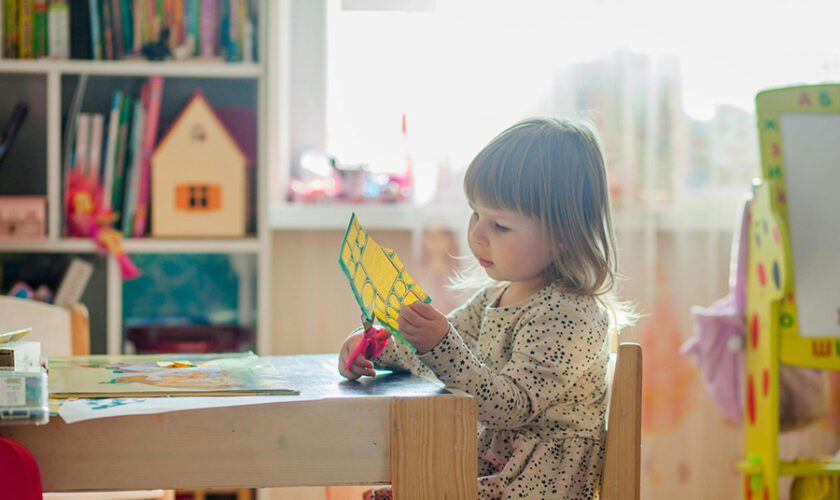The early years of a child’s life are a time of rapid growth, discovery, and transformation. From forming first friendships to asking endless “why” questions, toddlers and preschoolers are constantly exploring the world around them. During this critical stage, kindergarten becomes more than just a place to pass the time — it’s where children begin to build the emotional, social, and cognitive foundations that will guide them for years to come.
But with so many options available, how do you know which kindergarten is the right one?
Whether you’re a first-time parent or preparing your second or third child for school, knowing what to look for in a kindergarten can make all the difference. Below are six signs of a high-quality kindergarten — and how places like Kensington Kindergarten are setting a gold standard in early education.
1. A Child-Centered Philosophy
At the heart of every excellent kindergarten is a philosophy that puts children first. This means respecting each child’s individual pace of development, interests, and personality. A child-centered approach doesn’t follow a rigid, one-size-fits-all program — it adapts to the child’s needs.
In a setting like Kensington Kindergarten, this philosophy is more than a theory. It’s reflected in how educators interact with children, how activities are designed, and how progress is assessed. Every child is treated as a unique learner, with opportunities to explore their creativity, independence, and curiosity.
2. Engaging, Play-Based Learning
The best kindergartens understand that play is not just fun — it’s fundamental to learning. Through play, children develop essential skills like problem-solving, cooperation, and language.
Look for environments that balance free play with guided activities, allowing children to explore at their own pace while being gently supported by educators. Whether it’s building a tower with blocks, acting out a story, or experimenting with colors, high-quality kindergartens use play as a powerful teaching tool.
Kensington Kindergarten incorporates play-based learning throughout the day, providing structured and open-ended activities that nurture both creativity and academic readiness.
3. Qualified and Compassionate Staff
One of the most important factors in any early education setting is the quality of the staff. Great teachers make all the difference — not just in delivering lessons, but in creating a warm, responsive environment where children feel safe and supported.
Educators should be trained in early childhood development, but just as importantly, they should love working with children. Watch how they speak to the kids, manage behavior, and respond to emotions. Kindness, patience, and a sense of humor go a long way in building trust with young learners.
At Kensington Kindergarten, the teaching staff are both highly qualified and deeply committed to the wellbeing of each child. They understand how to guide without pressuring, and how to celebrate every milestone, big or small.
4. A Safe, Inspiring Environment
The physical space of a kindergarten plays a huge role in a child’s learning. The best kindergartens are not only safe and clean but also thoughtfully designed to spark imagination and exploration.
Look for classrooms that are bright and inviting, with access to outdoor play areas, reading corners, art supplies, and natural materials. A well-organized environment promotes independence by allowing children to choose activities and take responsibility for their space.
Kensington Kindergarten features carefully curated classrooms and outdoor spaces that are both beautiful and functional — encouraging movement, creativity, and connection with nature.
5. Strong Parent Partnerships
Early education doesn’t happen in a bubble. When parents and educators work together, children benefit in every way. Great kindergartens involve families in the learning process and maintain open lines of communication.
Ask how the school updates parents on their child’s progress, handles concerns, and involves families in the classroom or community. Are there regular newsletters? Parent-teacher meetings? Celebrations and events?
At Kensington Kindergarten, parents are seen as essential partners. The school prioritizes communication and welcomes family involvement, creating a true sense of community around each child’s development.
6. A Focus on the Whole Child
Finally, a high-quality kindergarten goes beyond academic preparation. It nurtures the whole child — emotionally, socially, physically, and intellectually.
This means teaching kindness, empathy, and self-regulation alongside letters and numbers. It also means giving children the tools they need to express themselves, build friendships, and solve conflicts in healthy ways.
Kensington Kindergarten places equal importance on academic and personal growth. Through mindful routines, inclusive activities, and intentional guidance, children leave with a strong sense of self and a love for learning.
Final Thoughts: Invest in the Right Start
Choosing the right kindergarten is a major milestone — one that sets the tone for your child’s educational journey. It’s about more than facilities or curriculum; it’s about finding a place where your child feels seen, supported, and inspired.
If you’re looking for a kindergarten that blends high standards with heart, Kensington Kindergarten is an excellent choice. With its experienced staff, child-focused approach, and nurturing environment, it offers the kind of early education experience every child deserves.
When we invest in the early years, we invest in our children’s future — and there’s no better place to begin than a kindergarten that truly understands the importance of those first steps.

